Okra Cultivation Guide – The Step-By-Step Okra Farming Procedure

If you want to be successful at okra cultivation, then you need to follow a proper okra farming guide.
This comprehensive okra production guide will explain the step by step process of growing okra with massive yield expectation.
In this article, you will learn how to start okra farming and how best to care for the plant to produce more.
It also explains the step by step method of producing okra starting from land preparation to harvest and through to storage.
You will also become familiar with the different varieties of okra you can grow commercially.
In addition, you will find the different pest and diseases that affect okra and how to curb them.
As a bonus, you will also get to know the health benefits of eating okra from this article.
Did I mention that this is a complete okra cultivation guide?
Use the table of content below to navigate this document.
What is Okra?
Okra is a tender heat-loving vegetable that grows 4 – 7 feet tall.
The plant produces green and sometimes red seed pod which you can harvest when 3 to 5 inches long and sometimes longer.
The plant is easy to cultivate as you will learn from this okra cultivation guide.
Although, like every other farming process, okra cultivation requires a lot of commitment, dedication, and of course good information to be successful.
Okra is an economically important vegetable crop of many countries in Africa, including Ghana, Zambia Ethiopia, Nigeria, Egpyt and many others.
It has the nickname “lady’s finger” and people in most other places sometimes call it “gumbo.”
Farmers growing okra for profit do so to meet both domestic and foreign market demands.
What are the health benefits of okra
1. Okra helps to control hunger
Okra is loaded with soluble fibre that makes you feel full faster and for longer.
This controls hunger and keeps your calorie intake in check, as a result, the achievement of your weight loss goals become possible.
2. It contains vital nutrients that can curb malnutrition.
Eradication of malnutrition becomes possible with okra because the pods contain fibre, protein, iron, calcium, and zinc which are essential nutrients for the body.
3. Okra seeds contain antioxidants that can delay fatiguing
Flavonoids and polyphenols contained in okra seeds promote glycogen storage in the liver.
As more glycogen (body fuel) is stored in the body, it implies that you will not get tired quickly.
4. Vitamin A contained in okra helps to improve eyesight
Okra contains vitamin A and beta-carotene that are essential nutrients for maintaining good eyesight.
These nutrients are known to prevent eye-related diseases and protect against age-related eye disorders.
5. Prevents H. pylori infections and gastritis
Okra juice prevents the bacteria that causes inflammation (gastritis) from binding with the surface of the stomach lining.
H. pylori infection is peculiar to children between 2 to 5 years old, so it is advisable you feed them with okra regularly.
6. Okra provides calcium and magnesium for the body
According to research, okra is a rich source of calcium and magnesium.
As a result, eating okra helps to curb both magnesium and calcium deficiency.
7. Prevents osteoporosis and bleeding disorders
Okra contains a lot of vitamin K which promotes quick clotting of blood due to injury or bleeding disorders.
It also prevents osteoporosis (a disease of the bone) and strengthens the bones.
8. Contains lectin that kills breast cancer cells
The lectin gotten from okra causes cell suicide in breast cancer cells.
A study has it that the growth of cancer cells was inhibited by about 63 per cent.
9. It stabilizes cholesterol levels and helps to improve heart health condition
Okra incites cholesterol degradation because of the soluble fibre contained in it and hinders the production of fat in the body.
By regulating cholesterol levels in the blood, okra can prevent blockage of arteries, hence, protecting us from cardiovascular diseases.
Recommended Okra Varieties/Species
1. Emerald Variety
Emerald is a spineless variety of okra having a semi-cut leaf and a smooth round pod shape. It requires about 58 to 60 days to mature. Emerald variety is good for canning or processing.
2. Louisiana Green Velvet Variety
This okra species is known to retain seeds when sliced. Just like the Emerald species, this okra variety has round pod shape and it takes about 56 – 59 days to mature for harvest.
3. Clemson Spineless Variety
Clemson Spineless, as the name implies, is spineless and gives heavy yields.
It has an angular shaped pod and takes about 55 – 58 days to mature for harvest before it is supplied fresh to the market.
This species is recommended for commercial okra farming because of its abundant yields.
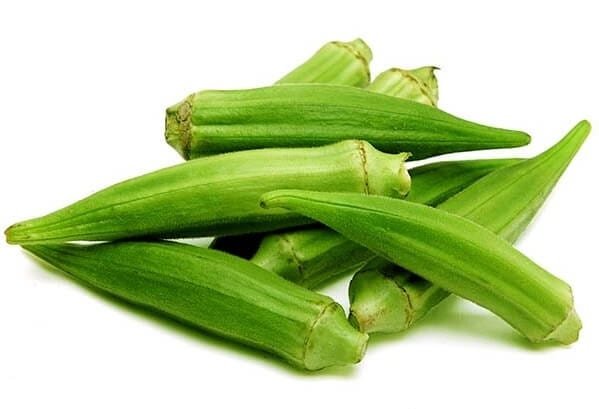
4. Dwarf Green Long Pod Variety
The plant has several side branches with a star-shaped pod. If you’re growing okra for profit, this is a good variety.
It requires 52-55 days to reach maturity.
5. Hastings Improved Perkins Variety
This variety has deep cut leaf and star-shaped pod. It has the shortest maturity period between 49 – 53 days.
6. Annie Oakley (Hybrid) Variety
This is a spineless variety with bright green, star-shaped pods, requiring 53 to 55 days to reach maturity.
7. UGA Red Variety:
This variety produces beautiful red pods and hence used as an ornamental plant or grown in home garden.
It takes 58 days before it starts producing okra.
8. Lee Variety:
This is a spineless, semi-dwarf variety with deep bright green, straight, angular pods requiring 55 to 58 days to reach maturity.
9. Prelude Variety
This is an open-pollinated, spineless variety with very dark green, glossy, fluted pods.
Prelude okra variety requires 50 to 55 days to reach maturity and generally yields better than Clemson Spineless variety.
The okra can be harvested when pods are 1/2 to 3/4 inch longer than other varieties and remain tender.
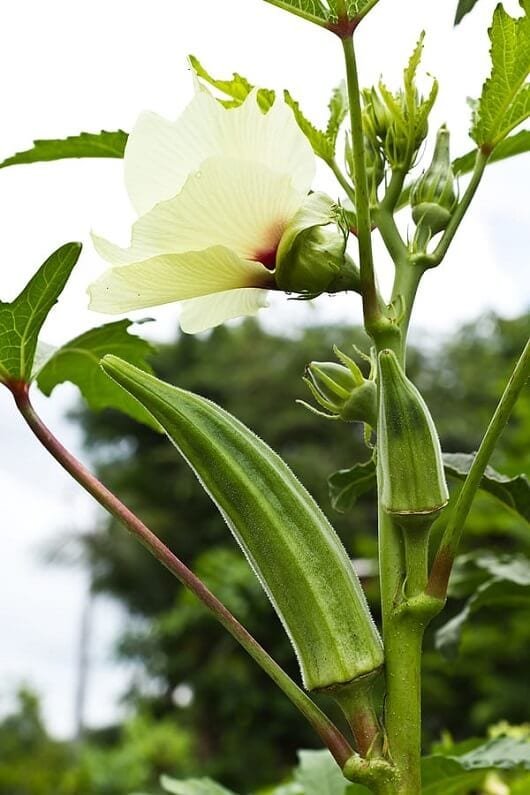
The Okra Cultivation Guide
Let’s see the step by step process of growing okra commercially.
1. Climatic requirements
Okra is a heat-loving plant that cannot tolerate low temperatures for very long and frosts can be very dangerous to the plant.
The crop grows well in warm climates with a minimum temperature of 22˚C and maximum temperature of 35˚C.
Although okra is highly resistant to drought, it still requires a considerable evenly distributed annual rainfall of up to 1000mm optimum growth and yield.
Where there is drought, provisions should be made for irrigation.
2. Site Selection
Okra does well on many soil types and this makes it easy for you to start up.
The plant requires a light well-drained sandy loam soil rich in organic matter.
Soils with slightly acidic pH between 5.8 – 6.8 are recommended for optimum growth.
Before planting, take samples of the soil on each proposed field for testing to determine the correct fertility.
3. Land Preparation
Early land preparation is an important step in growing a good crop.
Prepare the land to ensure the establishment of a uniform stand.
The plant tends to thrive better on a raised bed or ridges than when planted on flat soil.
Add compost to planting beds in advance and turn in all plant residues into the soil to give them time to decompose before okra is planted.
Early land preparation also allows for many weed seed to germinate and become visible to be destroyed using herbicides.
Additionally, the soil test carried out in the site selection stage should reveal whether there are nematodes present in the soil.
If that is the case, it is important to fumigate the soil, because okra is very susceptible to damage from nematodes.
4. Choose the best time of planting okra
Generally, okra planting should commence in the dry season when the weather is still warm and sunny.
As stated earlier in this okra cultivation guide, okra is a heat-loving annual crop.
It requires temperatures between 22° to 35°F for optimal growth, flowering, and pod development.
The soil temperature prior to planting should fall within this range.
Otherwise, the seeds may rot and never germinate and hence, will lead to a decrease in yields.
5. Ensure proper planting and spacing of the okra plants
Okra planting is done manually or by the use of seed planters.
When planting, sow seeds at ½ to 1-inch deep into the soil, spaced at 12 to 15 inches apart within a row and 24 to 36 inches between rows.
The spacing will ensure that the plants receive adequate sunlight, nutrients, and moisture.
Prior to planting, soak the seeds in water overnight.
This helps hasten germination.
6. Use intercropping and crop rotation to control weeds and pests
Additionally, you don’t have to plant okra alone.
You can intercrop with other plants such as maize and onions.
Research has it that intercropping okra with onions significantly reduced the leaf damage caused by Podagrica spp.
Intercropping is very important in okra farming because okra is very susceptible to damage by nematodes.
To prevent a buildup of nematodes population on the farm, follow a crop rotation using crops such as maize, sorghum, and other grass crops.
Do not rotate okra with crops which are also susceptible to nematodes such as sweet potatoes and squash.
7. Harvest the okra pods
The method of harvesting okra varies according to the market type.
– Harvesting okra for Processing:
Okra grown for processing should be allowed to get as long as possible without becoming fibrous or hard.
When harvesting okra for processing, you have to break or snap the pods in a manner that leaves the stem on the plant and not on the pod.
If you are harvesting okra for processing, you will have to harvest three times a week with pods over 4½ inches long but still tender.
– Harvesting for Fresh Market:
Pods are harvested when they are 2½ to 4½ inches long and graded according to these sizes:
- Fancy pods – This has pods up to 3½ inches long.
- Choice pods – Pod length falls between 3½ to 4½ inches.
To get a maximum of these fresh market okra pods, you must harvest every day.
You can snap off the okra pods by hand or cut using a knife or scissors.
Okra has prickly stems which can irritate your skin. Ensure you wear a glove when picking to avoid irritation of the skin.
It is very important that all mature pods are removed from the plants as soon as possible.
This will reduce the future yield of pods.
8. Store excess okra pods after harvesting
Okra deteriorates rapidly at warm temperatures. It has high respiration rate and must be promptly cooled.
This will reduce field heat and subsequent deterioration.
You can store large quantities of okra for a short time by canning, refrigerating, or soaking in a saltwater solution.
Also, you can store freshly harvested okra that is in good condition for 7 to 10 days at 7° to 10°C satisfactorily.
You should also maintain a relative humidity of 90 to 95 per cent to prevent wrinkling.
Research has shown that okra is subject to chilling injury.
This is made evident by surface discolouration, pitting, and decay.
At temperatures below 7°C, okra is subject to chilling injury.
Also, holding okra for 3 days at 0°C may cause severe pitting.
Fresh okra bruises easily, and the bruises blacken within a few hours.
Okra held in hampers for more than 24 hours without refrigeration may develop a bleaching type of injury.
All containers for storing okra should permit ventilation.
Use perforated film to package okra because this will reduce wilting and physical injury during handling.
Weeds, insects, diseases, and pests control in okra farming
In this section, we will be looking at each of these titles separately beginning with how to control weeds in okra farm.
How to control weeds in okra farming
Weeds such as Bermuda grass, crabgrass, goosegrass, nutsedge, morning glory, and sicklepod affect okra plants badly.
Clear the weeds while they are still small to avoid competing with the okra plant for nutrients and other resources.
While weeding, avoid throwing too much dirt directly against the okra stems because doing so can increase the incidence of stem rot.
You can control weeds by cultivating the land or by use of herbicides.
You can control early weeds by applying preemergence herbicides on the field before planting operation commence.
However, using them improperly can damage your crop.
Carefully follow the instructions printed on the label of the product you are using and apply herbicides at exactly the right rate and time.
If you need help, please contact the nearest professional in your area for guidance.
How to control insects in Okra Cultivation
The use of cultural controls is advised to curb pest problems early and make the crop less vulnerable to insect infestations.
Ensure that the plant has a favourable growing condition to keep it strong, healthy and better able to tolerate insect damages.
Check the plant regularly for an early appearance of aphids.
You can manipulate some other production practices to minimize the damage caused by insect pests.
Insect pests that affect okra fall into two categories, they are; foliage feeders and pod feeders.
Okra foliage feeding insect pests
They feed on the leaves of the okra plant. They include;
- Flea beetles: They are tiny, dark and very active, eating many small, round holes in leaves.
- Blister beetle: This insect feeds both on foliage and blossoms of the plant. They are soft, having narrow necks with elongated bodies and about 1/2 to 3/4 inch long.
- Caterpillars: An example is ‘cabbage loopers’ which eat holes in leaves.
- Aphids: Aphids damage plants by sucking the juice from the foliage.
Okra pod feeding insect pests
Pod feeding insects constitute a greater problem to okra farmers than foliage feeders.
This is because damage to pods or blossoms directly affects the edible part of the plant – the pod – hence the economic yield of the plant.
Once flowering and pod set begins, blossoms and pods should be checked regularly for insects and feeding damage.
Among the pod-feeding insect pests are:
- Corn earworms: These chew into the pods, leaving holes and tunnels.
- Stink bugs: Stink bugs feed on the okra pods and cause it to be twisted, distorted and have an irregular shape.
- leaf-footed bugs: They suck juices from both the blossom and pod, causing small, dark, raised blister-like spots on the pod.
How to control diseases that affect okra plant
Some of the diseases that affect okra plan include
1. Root-knot Nematodes
This is one of the major diseases that affects okra plant and causes serious losses in okra.
Nematode damage commonly causes irregular growth and reduced or delayed production.
The incidence of Fusarium wilt is much greater when root-knot nematodes are present.
Application of approved nematicides prior to planting reduces Fusarium wilt.
Cultural methods of controlling nematodes would be the use of soil solarization, crop rotation, or the use of crops that suppress nematodes.
2. Blossom blight
This type of okra diseases is as a result of the fungus Choanephora cucurbitarum.
This can be controlled by avoiding over-fertilization and planting of okra in shady areas.
3. Leaf spot disease
Okra is also affected by Leaf spot diseases.
However, the disease rarely causes significant damage to the plant.
The best control of leaf spot disease would be to follow a suitable crop rotation sequence and to follow a balanced fertilization program.
Please note:
The method of application of chemicals for control of weeds, pests, and diseases in the okra farm should be in controlled measures.
This is important so as to prevent contamination that will make the okra harvest unfit for human consumption.
Conclusion
Okra is a healthy sun-loving plant with a lot of nutritional benefits.
This okra cultivation guide explains the step by step process of growing okra plant commercially in order to make profits.
If you find this okra growing guide helpful, please share it using the social media icons on your screen.
Cheers.
Che
Latest Articles on the blog
- How To Care For Day-Old Chicks

- How Do Chickens Mate? A Detailed Explanation

- What is Bumblefoot in Chickens and How Do You Treat Them?

- Types of Poultry Housing and Poultry Housing Systems

- Newcastle Disease; Causes, Symptoms, Treatment and Prevention Tips

- Poultry Farm Equipment: All You Need to Start Poultry Farming
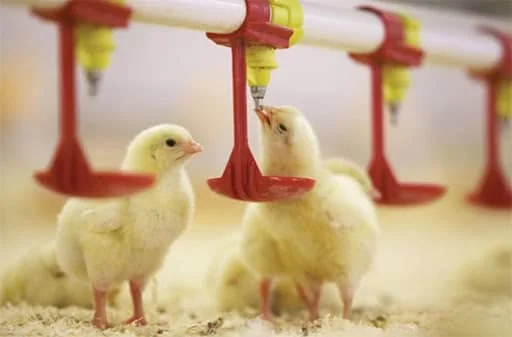
- 15 Awful Reasons Why Your Chickens Are Not Laying Eggs Yet And Solution

- What Can You Feed Chickens to Make Them Lay Eggs?

- What is a Pullet chicken?
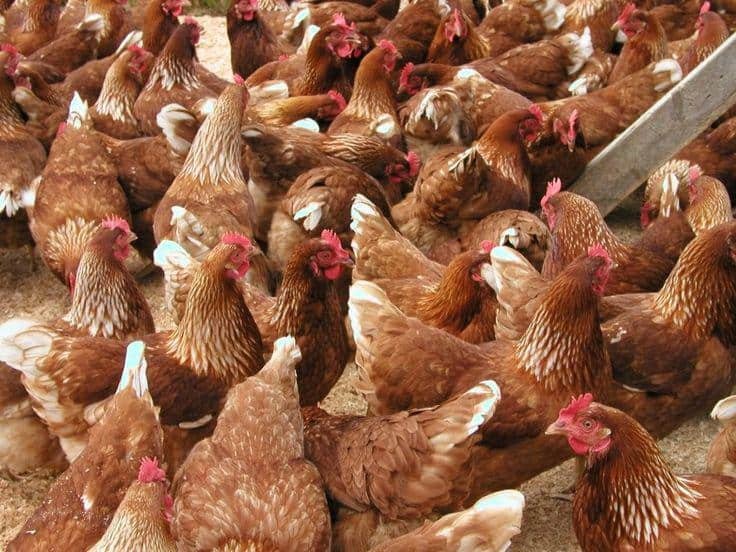
- How to Make The Best Organic Chicken Feed For Your Farm
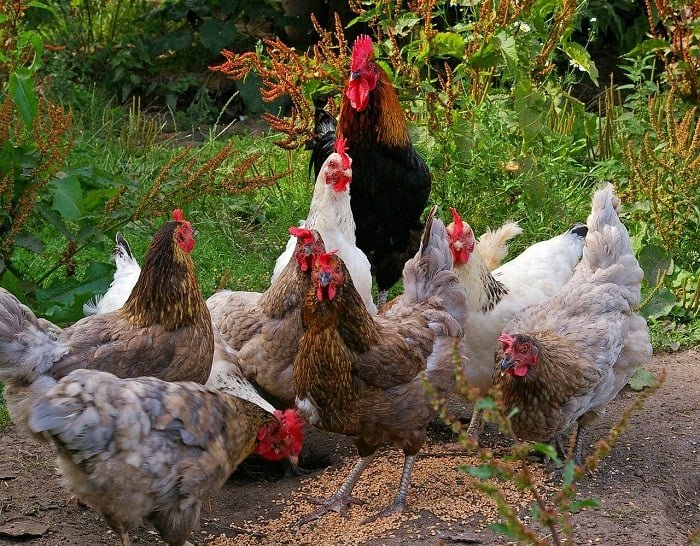
- What is a Broiler Chicken?
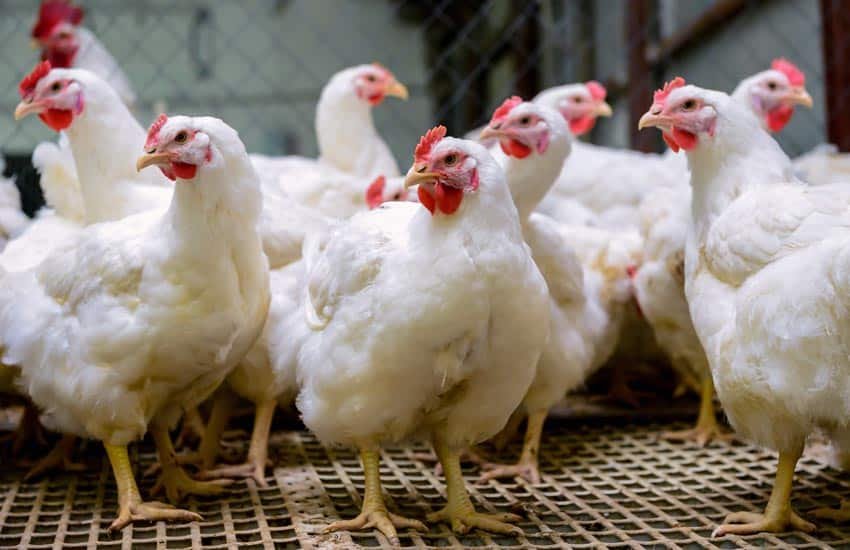
- What do Chickens Eat to Grow Big?


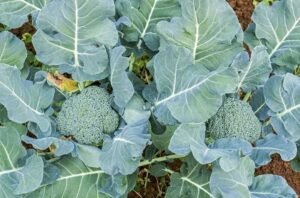
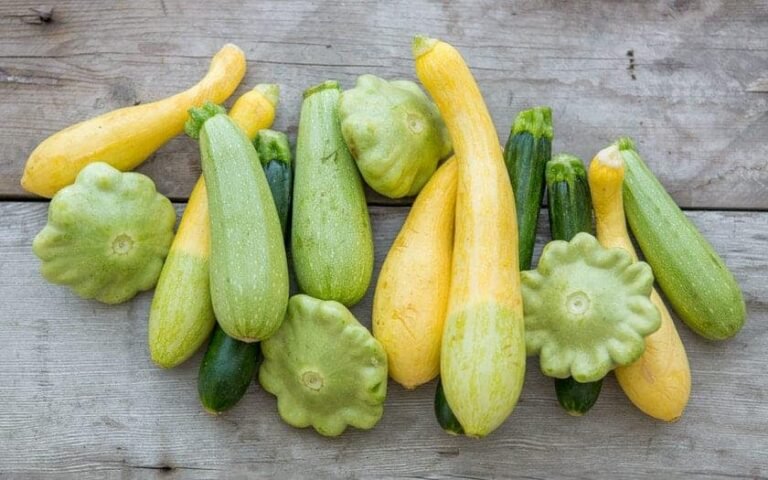

![Tomato Companion Planting [The Best and the Worst Plants for Tomatoes]](https://agro4africa.com/wp-content/uploads/2020/12/tomato-companion-plants-the-best-and-the-worst-crops-to-grow-with-tomatoes-768x512.jpg)

Thank your Soo much o learn alot but i wonder y okra isn’t always available in our supermarkets y we only found it In streets but in big shops like ok we DNT
Okra is a perishable goods and supermarkets are at risk of losing their money buy stocking okra in their shop.
Thank you so much family! I have learnt a lot from this this. May God bless you
I’m glad that you learned a lot about okra farming from this post. Kudos to you.
Thank you so very much for this wealth of information on okra, we just started a 1 hectare vegetable farm and this information will truly help.
We are grateful.
Though I tried joining the WhatsApp group, but it is full, is there another?
Thanks for your wonderful feedback and good luck on your vegetable farm project. The group is not full. You can try again.
Thank you so much for the manual on ocra growing. I have learnt alot from this article. All i can say is, may the good Lord God Almighty continue to bless you much more abundantly ad you are helping others all over the world. God bless you.
Thank you very much for your feedback. I’m glad this okra farming guide is helpful to you.
Great! Is it good to grow in early january?
You can grow any plant at any time as long as you have your irrigation set up for it.
Which month is appropriate to plant the okra seed in other to have bumper harvest.
It depends on how you want to do it.
If you are using drip irrigation, then you can plant all year round.
Thank you very much for the article, it’s very educational
You’re welcome.
Thanks a lot this is very effective, as I used it to prepare my project work.
Wow!! This is amazing. Well done.
Thanks for this piece. Its very educative.
You’re welcome
Thank you for this piece. It is an eye opener for me as I will be using okra for my PhD research. I would like to know its nutrient requirement and regimen for fertilizer application.
Thanks once again
Thank you Hajarat for your compliment.
Okra requires a pH between 5.8 – 6.8 for optimum growth.
As for the fertilizer regimen, it is largely dependent on the result of the soil test carried out on the piece of land.
On a general note, NPK 10:10:10 or NPK 15:15:15 will do.
I wish you Success in your PhD research.
I want to venture into okro farming, how can I get a training of it plz
We do not offer any physical training at this time.
I learned more about growing okra. Then thought I would. For I have been eating fried okra for years. And now knowing how healthy it is, I need to eat more.
I have got thw information i needed and will use it in my garden
Wish you well and thanks a lot
You are welcome, Namayovu.